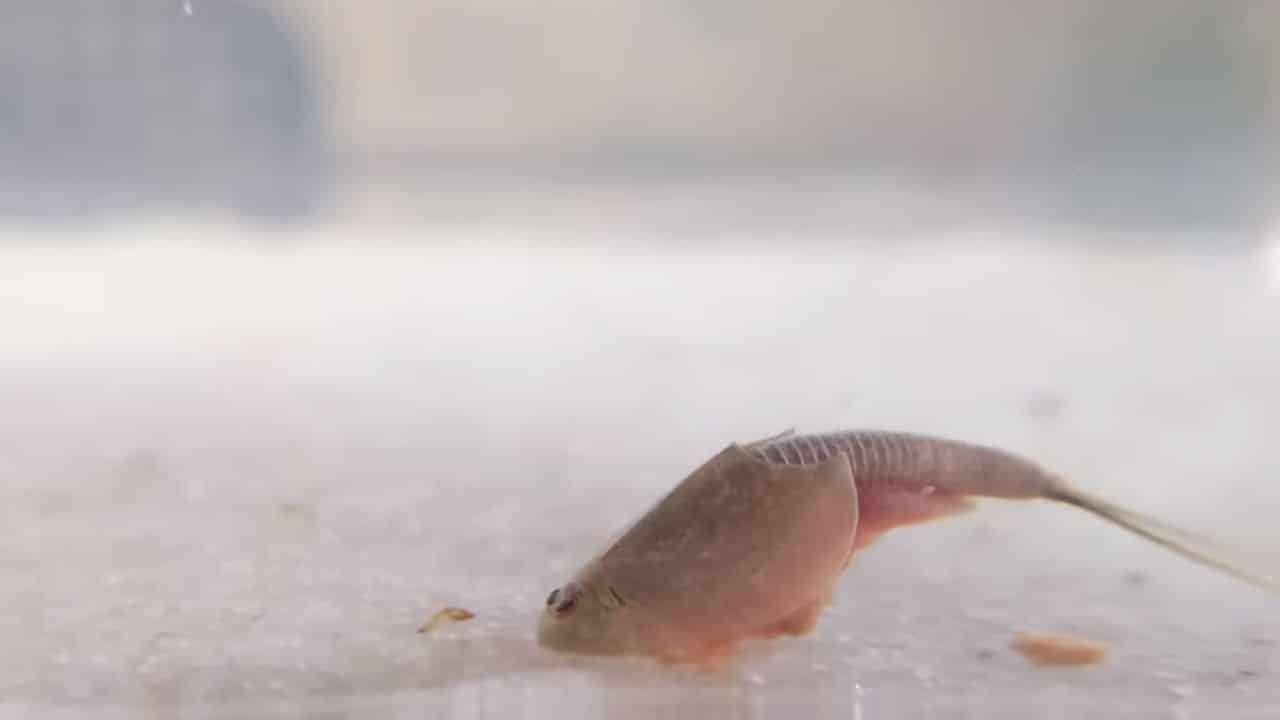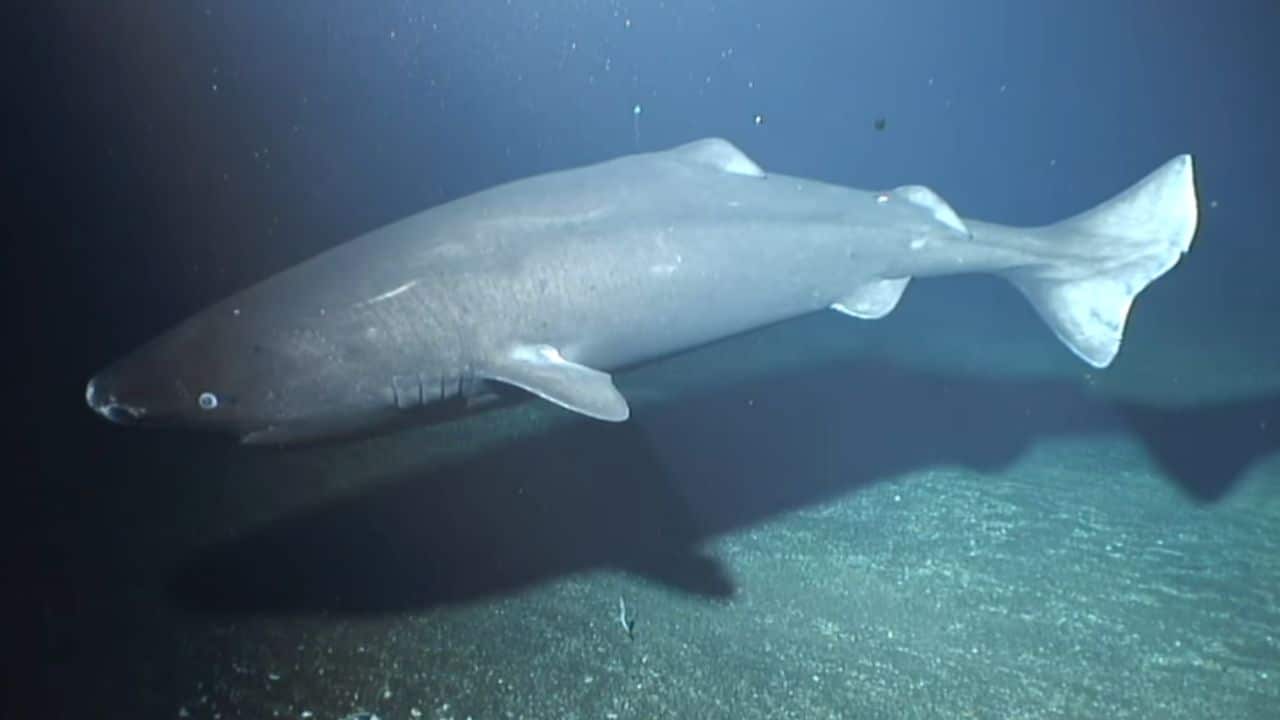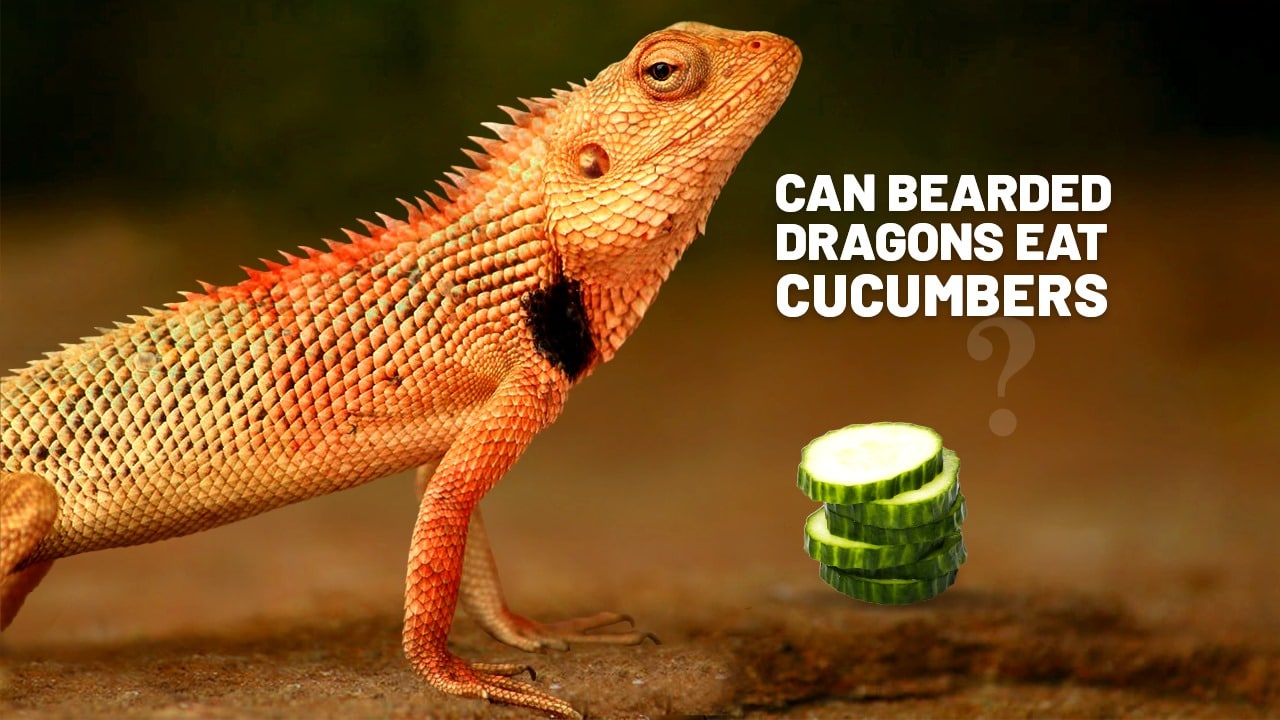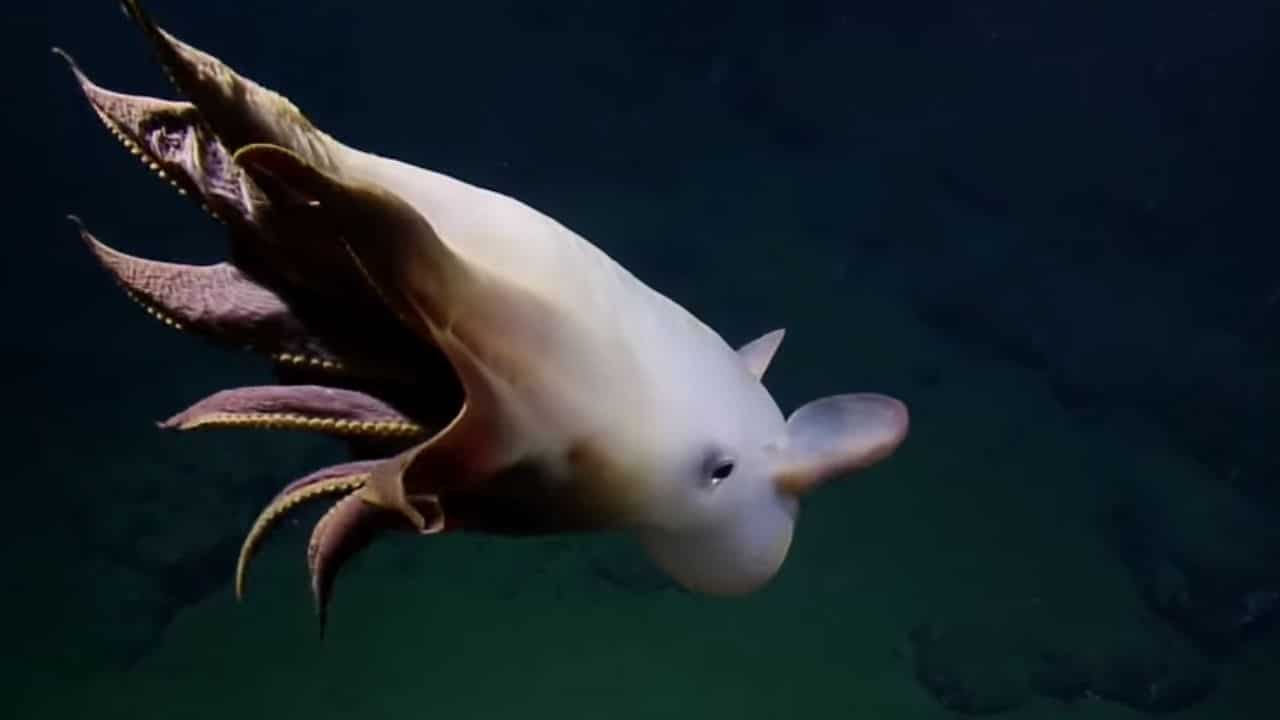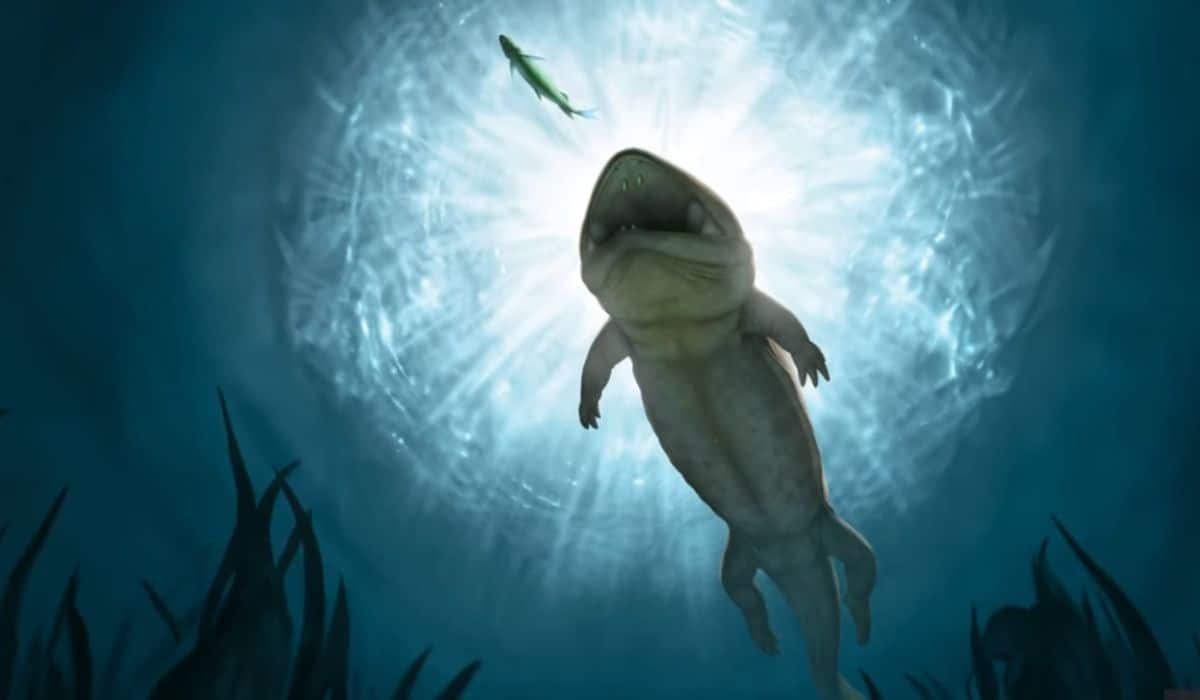Imagine a minuscule, translucent crustacean that appears to be a blend of a centipede and a horseshoe crab, sporting countless wriggling legs. While they may not be contenders for any beauty pageants, triops are truly remarkable creatures.
The Triops genus boasts an impressive history, dating back a staggering 300 million years—making them roughly 200 million years older than the mighty T. Rex. Here are some more intriguing facts about these resilient critters:
1. “Living Fossils” is a Misnomer for Tribes
These tiny creatures, often referred to as tadpole shrimp, bear a striking resemblance to their fossilized forebears. However, looks can be misleading. Recent research has shed light on the fact that their DNA and reproductive methods are continuously undergoing evolution and change.
2. They Reproduce in Many Ways
Intriguingly, apart from conventional sexual reproduction, certain eggs possess the remarkable ability to develop without the need for fertilization. In some triops, they even exhibit hermaphroditic characteristics, implying that an entire population can originate from a single egg. It’s no wonder these remarkable creatures have managed to endure for such an extensive span of time.
3. Triops Species Number Over a Dozen
Triops, these fascinating creatures, can be discovered in seasonal ponds, pools, and puddles scattered across the globe. Their ancient lineage predates the separation of the last supercontinent, which explains their presence on every continent except for Antarctica.
Triops longicaudatus, a rather distinctive species characterized by its lengthy tail, thrives in various regions of North America, avoiding the chillier locales. Meanwhile, Triops newberryi finds its niche in the mild climate of the Pacific Northwest and certain parts of California. Venturing further afield, Triops granarius calls many parts of Africa, the Middle East, and sections of Asia its home.
Heading down under, we encounter Triops Australiensis, exclusively residing in the land Down Under, Australia. Lastly, Triops cancriformis, the most ancient of the species, originates from Europe, the Middle East, and India. It’s worth noting that this species is regarded as endangered in the UK. These diverse habitats and distributions contribute to the unique legacy of Triops across the continents.
4. “Three Eyes” in Greek is Triops
“They Might Be Giants” crafted a song celebrating this helpful feature. Join in the fun and sing along with the kids:
- Two eyes on a face
- Are usually enough
- But triops has got
- One that looks up
- And one that looks around
- And one to keep an eye
- On the other pair of guys
- Triops has three eyes
5. They can have 140 Multipurpose Legs
However, their legs serve far more impressive purposes than mere locomotion. These multifunctional appendages are true marvels of adaptation. For instance, some of their legs function as antennae, aiding them in locating food sources. Meanwhile, others play a crucial role in generating water currents that help direct food toward their waiting mouths.
In the case of female triops, certain legs are equipped with capsules designed for carrying eggs, a vital aspect of their reproductive process. Additionally, some triops possess leg extensions resembling lobes or leaves, which serve as specialized structures akin to gills, enabling them to extract oxygen from water and respire efficiently.
6. They Eat a Lot—including each other
Triops boast a diverse menu that spans from devouring mosquito larvae and aquatic plants to indulging in tiny invertebrates. Yet, there’s an intriguing twist to their dietary habits – they’re not averse to dining on their fellow triops. This unusual behavior comes into play when food resources become scarce.
Living in an environment constantly at risk of drying up, triops adopt a survival strategy of consuming as much as possible. This approach enables them to achieve rapid growth and reproduction before the precarious conditions take a toll.
7. Their Rapid Growth can be Deadly
Triops mature remarkably fast, often reaching adulthood within just one to two weeks. However, their exoskeletons don’t keep pace with their rapid growth. Consequently, they must undergo periodic molting as they outgrow these protective outer shells.
For young triops, growth is so rapid that molting becomes a daily routine, but it’s not without its risks. Successfully shedding the old exoskeleton is a critical process, as failure to do so can lead to their demise.
8. Triops Eggs Hatch in Water after Decades of Dormancy
Triops employ a clever strategy for survival and expanding their territory. They accomplish this by producing what are known as cysts, also referred to as resting eggs. These eggs possess a unique structure that shields their interior from a wide range of environmental challenges, including extreme temperatures, drought conditions, and even radiation.
These cysts serve as a passport to new horizons for triops, facilitating their travel through rather unconventional means. They hitch rides with various modes of transportation, including migrating birds, as well as animals that unwittingly pick them up from puddles and pools, transporting them in their feet and through their waste. This ingenious method ensures triops’ ability to explore and colonize new areas.
9.They can Survive 18 Months in Space
Triops’ remarkable resilience has been put to the test on the International Space Station (ISS), yielding promising results. These findings inspired a NASA high school experiment conducted last year, in which Triops Longicaudatus were sent back to the ISS for further study. The objective was to explore the feasibility of cultivating them in the unique environment of space, with the potential for these hardy creatures to serve as a valuable high-protein food source for astronauts on forthcoming extended missions.
10. Charming? HAVE YOUR OWN!
If you’re interested in exploring the world of triops, you’ll find a diverse array of starter kits available for your selection. These kits offer a low-commitment way to engage with these fascinating creatures. Triops typically have a relatively short lifespan, spanning only 1 to 3 months (sometimes even shorter if they engage in cannibalism).
The beauty of working with triops is that when one batch reaches the end of its life cycle, you have the option to revitalize your tank’s environment. Simply dry out the soil or sand in the tank and transfer it to fresh water. With the right care, if resting eggs are present in the sand, you’ll soon witness the emergence of another generation of triops, allowing you to continue your captivating journey with these unique creatures.

